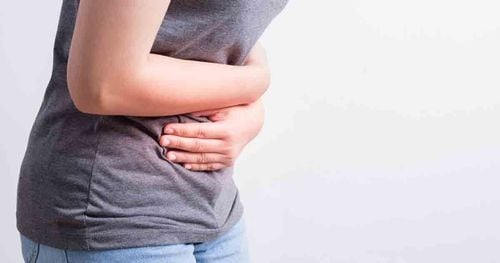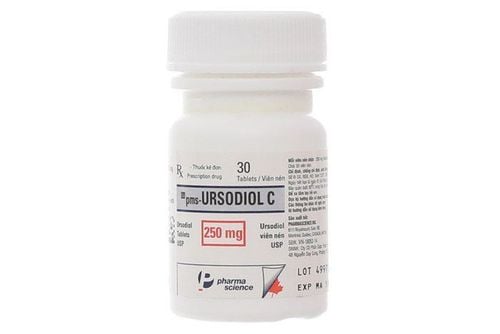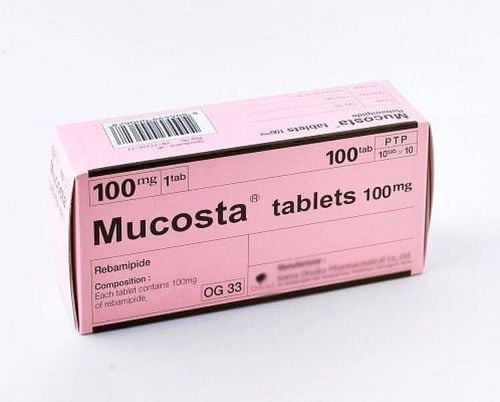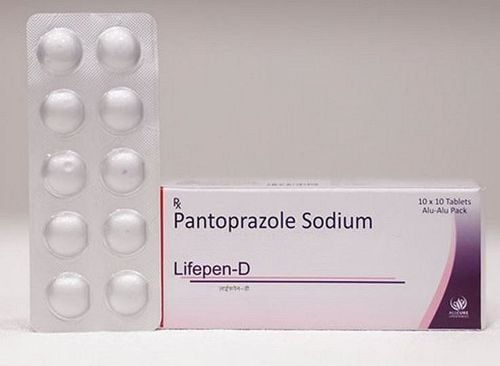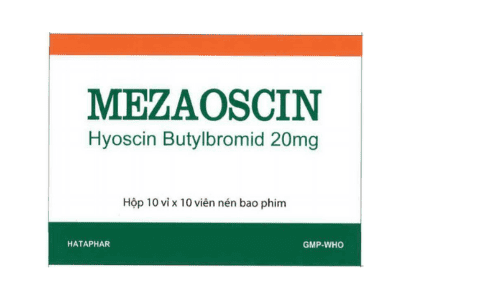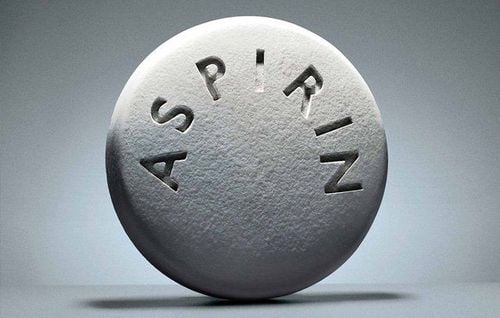This is an automatically translated article.
Necrotizing cholecystitis is one of the dangerous complications of acute cholecystitis. This condition requires urgent medical attention and immediate surgery to treat the infection before it threatens the patient's life.
1. Overview of necrotizing cholecystitis
1.1 What is cholecystitis? The gallbladder is a small sac, located on the underside of the right lobe of the liver, that plays an important role in assisting the body's digestion of food. Cholecystitis is a condition in which the gallbladder is inflamed and infected (mainly due to gallstones or worms in the bile ducts, tumors, diabetes, E. coli infection, abdominal trauma to the gallbladder).
By nature, there are 2 types of cholecystitis:
Acute cholecystitis: Occurs suddenly, the initial symptom is right upper quadrant pain, caused by gallbladder infection and biliary obstruction. The patient has persistent, severe pain when coughing or sneezing. Accompanying symptoms are nausea and vomiting, loss of appetite, fever, jaundice,...; Chronic cholecystitis: This is a chronic inflammation of the gallbladder. When acute cholecystitis regresses, it may or may not progress to chronic cholecystitis. Although the symptoms are not severe, they are persistent. Manifestations include: Upper abdominal fullness, dull abdominal pain, chest tightness, fatigue, loss of appetite,... 1.2 What is necrotizing cholecystitis? Necrotizing cholecystitis is the death of part of the gallbladder tissue due to infection or inflammation (associated with gallstones or worms). Necrotizing cholecystitis is one of the dangerous complications of acute cholecystitis. Specifically, when the gallbladder is inflamed, the pressure inside the gallbladder increases and puts pressure on the blood vessels that supply blood to the gallbladder. From there, blood will not be able to reach the gallbladder and tissues, leading to necrosis of the cells. Cells will die because there is not enough blood to nourish.
Cholecystitis leading to gallbladder necrosis is more common in men and in patients with cardiovascular disease and leukocytosis. Other risk factors include: Diabetes, having high CRP levels or having other serious medical conditions.
Patients with necrotizing cholecystitis require cholecystectomy to avoid life-threatening complications.

Hình ảnh viêm túi mật hoại tử ở bệnh nhân
2. Symptoms of necrotizing cholecystitis
When the gallbladder shows signs of necrosis, the patient will have the following symptoms:
Severe pain in the right lower quadrant, pain worse after eating. Then the pain may spread around the abdomen or even into the shoulder or hand; Nausea and vomiting often occur when the liver produces large amounts of bile but the patient's body cannot store bile and digest food. The patient will have abdominal bloating, indigestion, nausea and vomiting continuously; Jaundice occurs when the gallbladder becomes necrotic and cannot store more bile. That causes bile pigment to spill into the blood and then seep through the skin and eye mucosa, causing jaundice, yellowing of the eyes; Diarrhea and vomiting are also signs of necrotizing cholecystitis. Patients often have diarrhea after eating, especially when eating foods with high fat content. Diarrhea can last from a few hours to several days; High fever or chills are also common symptoms of gallbladder necrosis (a whole body infection).
3. The danger of necrotizing cholecystitis
Necrotizing cholecystitis is considered high risk. If not diagnosed and treated in time, the disease can cause the tissues in the gallbladder to become inflamed with pus, causing perforation or rupture of the gallbladder. From there, forming an abscess, causing peritonitis and sepsis, multi-organ failure, which can be life-threatening.
According to statistics, the complication rate of necrotizing cholecystitis is 16-25%, the mortality rate is up to 22%. In particular, gallbladder perforation accounts for about 10-15% of the total cases. The progression of the disease due to acute cholecystitis is quite rapid. Patients may experience gallbladder perforation after about 2 to 3 days of biliary obstruction.
4. How to treat necrotizing cholecystitis?
Necrotizing cholecystitis should be treated promptly to avoid unpredictable complications that may occur. Notes for patients include:
4.1 When there are signs of gallbladder necrosis, what to do? When symptoms of acute cholecystitis appear, such as right upper quadrant pain, chills, high fever, nausea and vomiting, etc., the patient should go to a medical facility immediately to be checked. timely investigation and diagnosis. If acute cholecystitis is identified, the patient should be treated immediately to avoid the risk of complications of necrotizing cholecystitis and gallbladder perforation. In case of complications, the patient will be indicated for gallbladder removal surgery as soon as possible. Surgery should be done about the first 72 hours after antibiotics are given.

Người bệnh nghi ngờ viêm túi mật hoại tử cần đến gặp bác sĩ ngay
4.2 Cholecystectomy In cases of gallbladder necrosis, the doctor often prefers surgery to the patient. The doctor will proceed to remove the gallbladder and surrounding dead / diseased tissues. There are two methods:
Laparoscopic cholecystectomy: The most widely used surgical method. When performing this method, the doctor will make 3 or 4 small holes with the size of about 10mm on the patient's abdominal wall and then pass the endoscope through these small holes and tools to conduct dissection and cholecystectomy. . The process is quite gentle and the patient does not feel much pain after surgery, the recovery time is also quite fast; Open cholecystectomy: A traditional surgical method. When performing this method, the doctor will make a large incision on the abdomen, expose the gallbladder, then remove and bring the gallbladder out. When open surgery is indicated, the patient must stay in the hospital for about 7-10 days and take about 6 weeks to recover from the surgery. If there are abnormal signs below, the patient should quickly go to the medical facility:
The incision is swollen, festering and draining; When touching the incision, it feels hot and painful; High fever of 38°C or higher; Persistent and prolonged diarrhea; Abdominal pain sudden, severe.
5. Caring for patients with necrotizing cholecystitis after surgery
After cholecystectomy, the patient needs to build a scientific and healthy diet as follows:
Eat soft, easy-to-digest, low-salt foods in the early post-surgery period for easy digestion . When the body gradually adapts, the patient can return to a normal diet; Low-fat diet, about 40 - 50g fat/day (skim milk, lean meat, poultry, green vegetables, fruit, fish, fat-free yogurt, ...) to reduce the risk of tangles digestive disorders, bloating, indigestion; Supplementing with unsaturated fats such as fish oil, olive oil, ... to help the liver secrete bile in accordance with the natural rhythm of the meal, avoiding excess or lack of bile; Avoid foods rich in cholesterol such as fatty meat, egg yolks, animal organs, some seafood, fast food, fried foods, ... to reduce the risk of recurrence of gallstones or digestive disorders. Necrotizing cholecystitis is one of the dangerous complications of acute cholecystitis. If cholecystectomy is not detected or treated promptly, the patient can die. Therefore, when the body shows symptoms that suspect cholecystitis, the patient should go to the doctor immediately for the earliest diagnosis and intervention, to avoid potentially dangerous complications.
Please dial HOTLINE for more information or register for an appointment HERE. Download MyVinmec app to make appointments faster and to manage your bookings easily.




